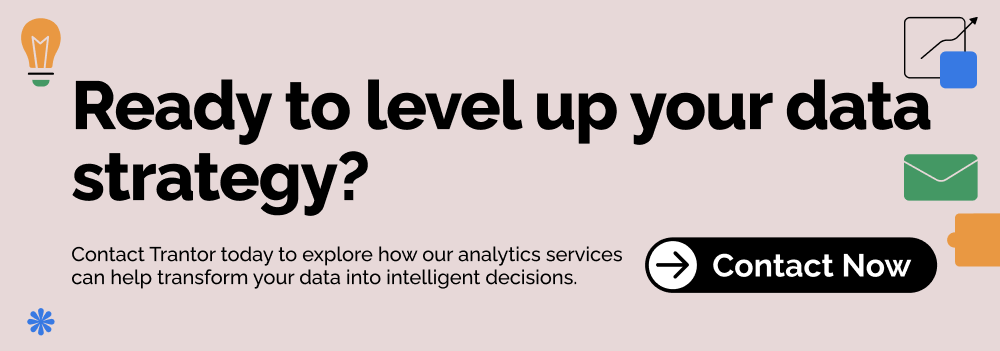Data Analytics, zBlog
Types of Data Analytics: Turning Raw Data into Business Gold
trantorindia | Updated: June 12, 2025
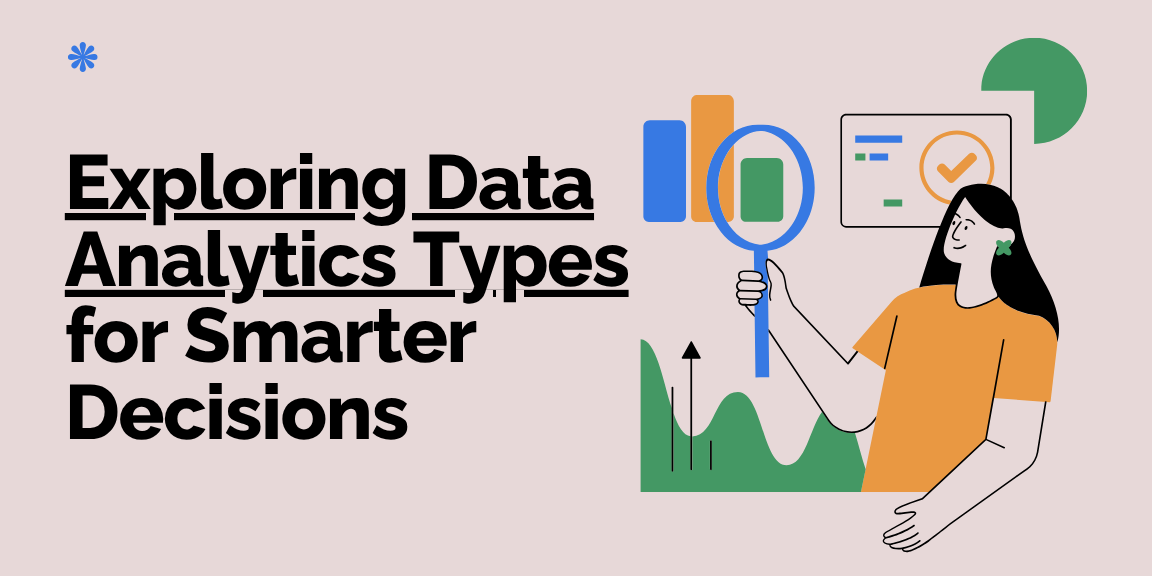
Businesses are inundated with data. But raw data is like unrefined ore—it’s valuable only when processed correctly. That’s where data analytics steps in. By applying structured analysis, organizations can transform raw numbers into actionable insights that drive better decisions, improve performance, and uncover new opportunities.
However, not all analytics are created equal. There are different types of data analytics, each with a unique purpose and value. From understanding what happened to predicting what will happen, and even prescribing what to do next—these types form a continuum of data maturity.
Whether you’re a startup aiming to understand customer churn or an enterprise optimizing supply chain efficiency, knowing which type of analytics to use is critical to success.
Let’s explore the four main types of data analytics—and how businesses can leverage them to build competitive advantage.
What is Data Analytics?
Before we dive into the different types, let’s first understand what data analytics really means.
Data analytics is the science of analyzing raw data to identify patterns, draw conclusions, and support decision-making. It involves various techniques from statistics, machine learning, and data engineering, and it is widely used across industries such as healthcare, retail, finance, and logistics.
The Four Main Types of Data Analytics
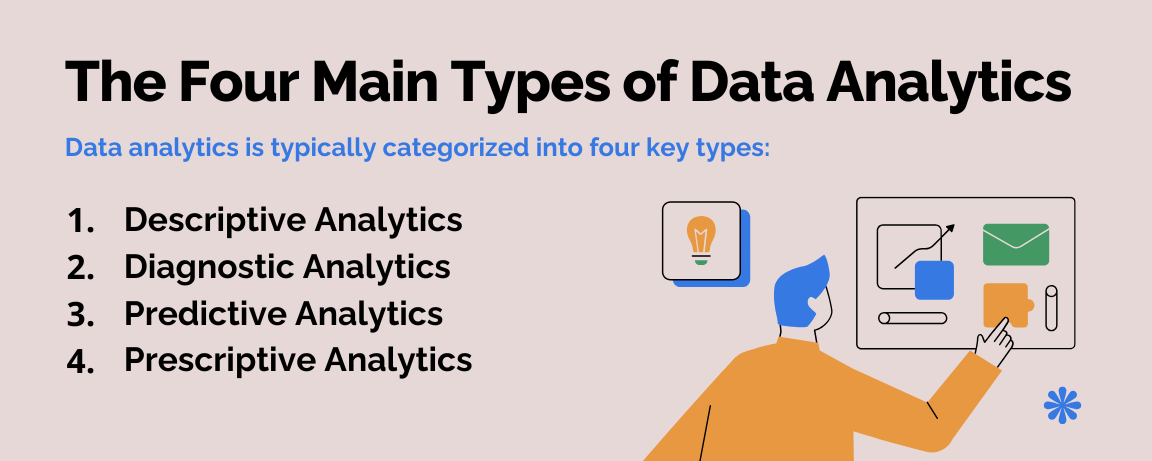
Each type answers a different business question. Let’s explore each in detail.
1. Descriptive Analytics: Understanding What Happened
What is Descriptive Analytics?
Descriptive analytics is the simplest and most common form of analytics. It tells you what happened in the past by summarizing large amounts of data into digestible insights.
Think of dashboards, reports, and charts that show sales trends, web traffic, or customer demographics. These are all outputs of descriptive analytics.
Use Cases of Descriptive Analytics
- Monthly sales reports for retail stores
- Website traffic reports from Google Analytics
- Employee performance reviews
- Market share analysis by region
Tools Commonly Used
- Excel
- Tableau
- Power BI
- Google Analytics
Why It Matters
Descriptive analytics provides a baseline understanding of performance. It is essential for spotting trends and identifying areas for improvement—but it doesn’t explain why those trends occurred.
2. Diagnostic Analytics: Understanding Why It Happened
What is Diagnostic Analytics?
Once you know what happened, the next logical step is to ask, why did it happen? That’s where diagnostic analytics comes into play.
Diagnostic analytics digs deeper into the data using techniques like drill-down, data discovery, correlations, and data mining to find root causes.
Use Cases of Diagnostic Analytics
- Analyzing why customer churn increased in a specific quarter
- Identifying the reason behind a sudden drop in sales
- Investigating website bounce rate spikes
- Understanding why certain products perform better in certain regions
Tools and Techniques
- SQL-based querying
- Python/R for correlation analysis
- A/B Testing
- OLAP (Online Analytical Processing)
Why It Matters
Without knowing why something occurred, corrective measures are often misguided. Diagnostic analytics provides the context behind the numbers and helps decision-makers take informed actions.
3. Predictive Analytics: Forecasting What Could Happen
What is Predictive Analytics?
Predictive analytics answers the question: What is likely to happen next? It uses statistical models and machine learning algorithms to analyze historical data and forecast future outcomes.
This type of analytics empowers organizations to be proactive instead of reactive.
Use Cases of Predictive Analytics
- Forecasting sales for the next quarter
- Predicting customer churn
- Anticipating equipment failure in manufacturing
- Credit scoring in banking and insurance
Tools and Techniques
- Machine Learning frameworks (TensorFlow, scikit-learn, PyTorch)
- Regression analysis
- Time series modeling
- Data mining tools like RapidMiner
Why It Matters
Predictive analytics helps businesses reduce risks and seize opportunities. From marketing to logistics, the ability to anticipate events gives organizations a powerful strategic edge.
4. Prescriptive Analytics: Recommending What to Do
What is Prescriptive Analytics?
Prescriptive analytics is the most advanced form. It goes beyond prediction and suggests what actions to take for optimal results.
Using a combination of business rules, machine learning, and optimization algorithms, it recommends decisions or automated actions.
Use Cases of Prescriptive Analytics
- Recommending personalized product offers in eCommerce
- Optimizing inventory levels based on forecast demand
- Dynamic pricing strategies
- Real-time route optimization for delivery services
Tools and Technologies
- AI/ML platforms
- Optimization engines like Gurobi or IBM CPLEX
- Apache Spark
- Custom-built decision engines
Why It Matters
Prescriptive analytics enables businesses to automate decision-making and respond dynamically to real-time inputs. It’s crucial for businesses seeking to operate at scale with efficiency.
Additional Types of Data Analytics (Emerging and Specialized)
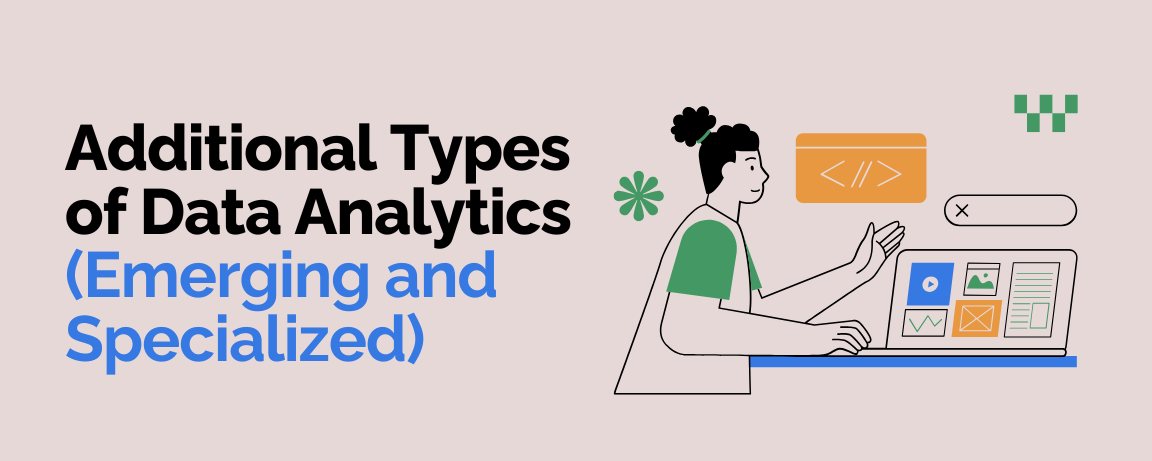
While the four main types form the core framework, other specialized forms of analytics are gaining prominence.
Real-Time Analytics
Used in high-speed environments like stock trading or IoT systems, real-time analytics processes data as it’s generated.
Example: Fraud detection in financial transactions.
Cognitive Analytics
This combines AI with data analytics to mimic human reasoning. It’s used in chatbots, virtual assistants, and sentiment analysis.
Example: A voice assistant understanding and responding to human queries.
Augmented Analytics
Powered by AI and automation, augmented analytics simplifies data exploration for non-technical users by generating insights automatically.
Example: A dashboard that explains key metrics without human input.
How Trantor Helps Enterprises Leverage All Types of Data Analytics
At Trantor, we help organizations unlock the true value of their data using end-to-end data analytics services. Whether you’re looking to understand customer behavior, optimize operations, or build predictive models, we offer customized solutions aligned with your business goals.
Our Capabilities Include:
- Data strategy and consulting
- Data lake and data warehouse setup
- ETL and data pipeline engineering
- Business intelligence dashboards
- AI and ML model development
- Real-time data streaming and analytics
We don’t just build analytics tools—we build ecosystems that empower teams across your organization to use data effectively.
Choosing the Right Type of Data Analytics
The choice of analytics type depends on your business question and data maturity.
Many companies start with descriptive analytics and progressively evolve toward prescriptive as their data infrastructure and organizational readiness grow.
Future Trends in Data Analytics
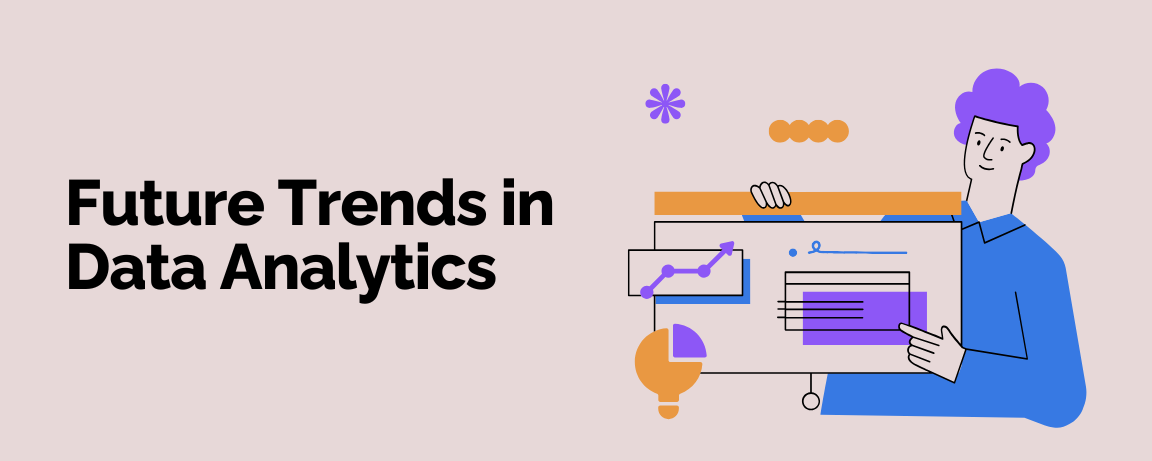
The data analytics landscape is constantly evolving. Here are some trends to watch:
AI-Driven Automation
AI will increasingly handle the heavy lifting—automating data preparation, analysis, and even storytelling through natural language generation.
Data Democratization
Tools are becoming more intuitive, enabling employees across departments (not just data scientists) to explore and act on data.
Edge Analytics
With IoT proliferation, analytics is moving closer to the data source. Expect more real-time decisions at the device level.
Ethical and Explainable AI
As analytics models become more complex, there’s growing demand for transparency. Businesses will prioritize explainability and ethical data use.
Final Thoughts
Understanding the types of data analytics is foundational to building a data-driven business. Each type—from descriptive to prescriptive—unlocks different levels of insight, and together, they form a powerful strategy for informed decision-making.
By implementing the right mix of analytics tailored to your business needs, you can not only understand the past but also shape the future with precision and confidence.
At Trantor, we help enterprises harness the full spectrum of analytics—from dashboards to predictive AI systems—to unlock growth, efficiency, and competitive advantage.
